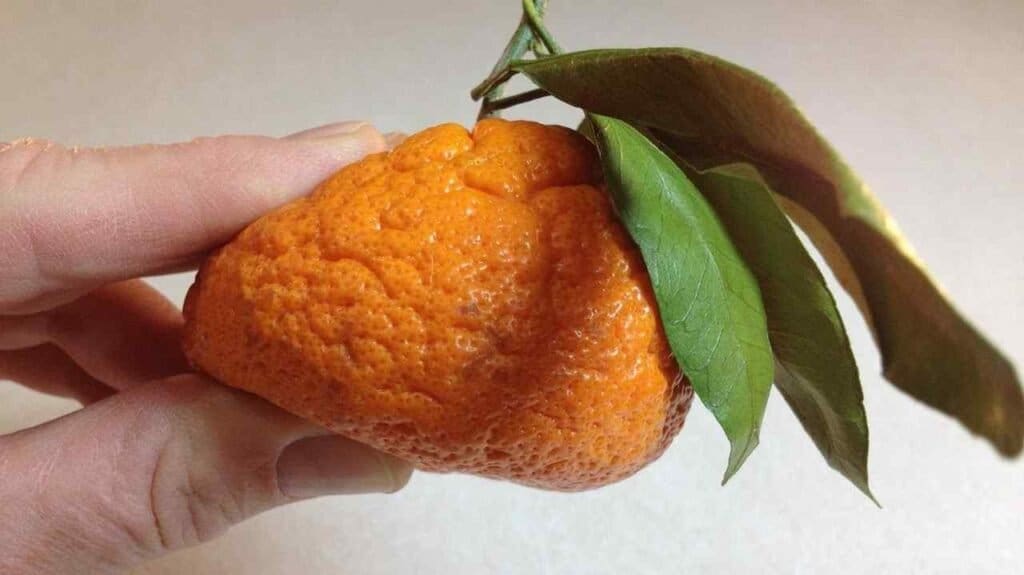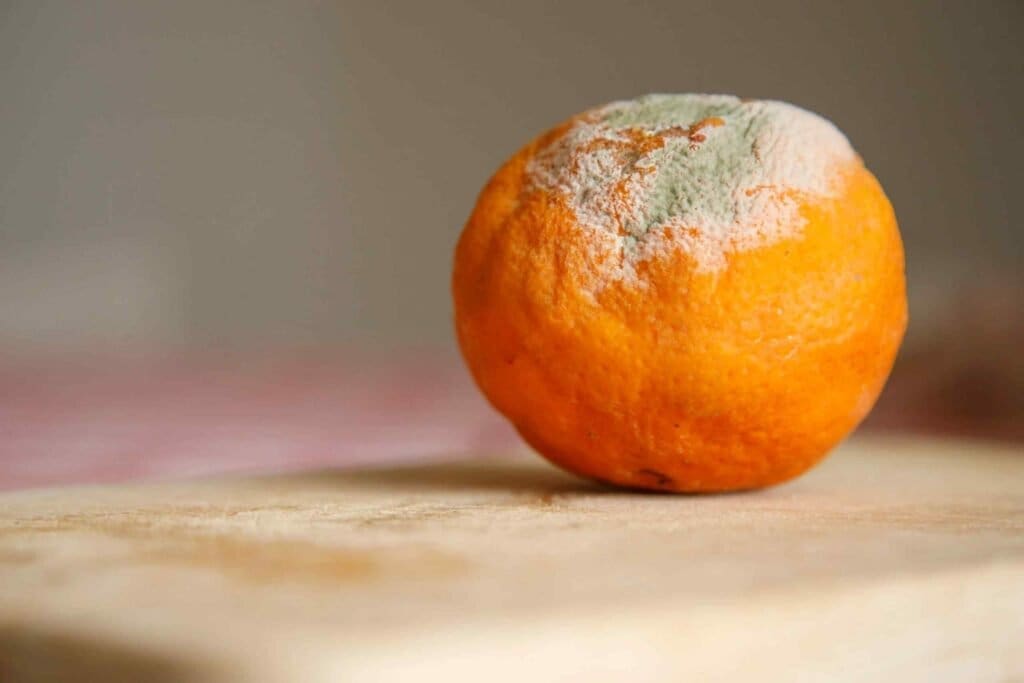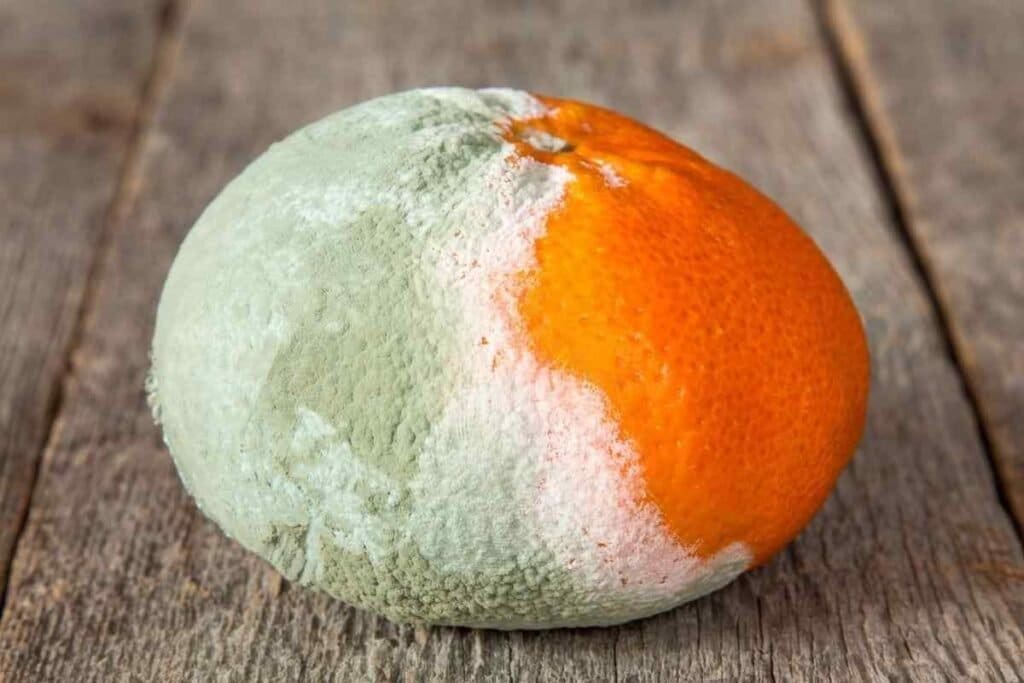Knowing when mandarins have turned from a juicy treat to a not-so-pleasant snack is crucial for anyone who enjoys this citrus delight.
If you’re questioning whether your mandarins are still good to eat, a simple check can save your snack time. We’ve gathered five straightforward methods to help you make that call. And there’s one tip in here that might just surprise you.
1. Soft or Squishy Texture

Selecting a mandarin with the right texture is crucial; a solid feel indicates freshness, whereas a soft or squishy texture suggests it might be too ripe or starting to deteriorate. This method of evaluation is vital because the appearance of the skin doesn’t always reveal the condition inside.
The goal is to notice slight differences in hardness, which are tell-tale signs of the mandarin’s ripeness and whether it’s good to eat.
If pressing lightly on it reveals any soft spots, consider this a warning sign. Such spots mean the internal structure may be breaking down, a process that quickens after reaching optimal ripeness.
This decline not only alters the texture but can also negatively impact the taste, highlighting the importance of choosing mandarins that are uniformly firm to ensure you enjoy the fruit’s best flavor.
2. Discoloration

When inspecting the quality of a mandarin, checking its firmness is only part of the process. A critical step involves closely observing its skin for any abnormal dark or discolored marks, which could be indicators of spoilage such as mold or decay. Pay attention to:
- Areas of brown that deviate from the mandarin’s normal color variations.
- Black marks, which might suggest mold has started to affect the fruit.
- Uncharacteristic greenish spots, potentially signaling decay.
- Any changes in color that grow or become more intense over time, pointing to ongoing spoilage.
- Patches that differ in texture, appearing softer or more mushy compared to the rest of the fruit.
Paying close attention to these indicators is key to determining the freshness of mandarins and avoiding the ingestion of spoiled produce.
3. Off-putting Smell

The scent of a mandarin tells a lot about its condition. A sweet, citrus fragrance is a sign of freshness, while sour or rotten smells indicate it’s past its best before date. When evaluating a mandarin’s quality, rely on your sense of smell.
Detecting any off, sour, or rotten aromas is a definite indication the fruit is starting to decompose. Such smells usually result from bacterial or fungal activity, part of the natural breakdown process. Recognizing these scent signals is key to determining if the mandarin is safe to eat.
Eating fruit that emits these smells could lead to health issues. Always choose to throw away mandarins that have lost their characteristic sweet, citrus fragrance.
4. Mold Growth

After evaluating the significance of a mandarin’s scent, it’s equally vital to examine its physical condition for any mold indicators, which present themselves as fuzzy patches on the peel, signaling the fruit is unfit for consumption.
The presence of mold isn’t merely a surface issue; it could signify deeper decay that might impact your well-being.
Here are the aspects to watch for:
- Fuzzy, white or green patches on the exterior
- A slick or slippery feel under these patches
- An abnormally soft section near the mold
- A change in color away from the usual orange
- Any indication of dampness or seepage, which can foster mold development
Recognizing these visual indicators assists in avoiding the ingestion of spoiled mandarins, guaranteeing your fruit selections are both enjoyable and secure.
5. Wrinkled or Shriveled Skin

While a mandarin’s slightly wrinkled skin might suggest minor dehydration, extensive shriveling often indicates a significant decline in freshness and quality.
This condition affects more than just the appearance; it’s a clear sign that the mandarin is losing moisture and vital nutrients, leading to a less enjoyable eating experience. The texture might become tougher, and the flavor less intense.
Careful assessment of the degree of shriveling is essential. Minor wrinkling mightn’t compromise the integrity of the fruit, allowing for consumption without worry.
However, if the mandarin feels excessively soft or shows deep, pervasive wrinkles, it’s likely no longer at its best. This degree of deterioration indicates the fruit won’t deliver the optimal taste or nutritional benefits sought after.


